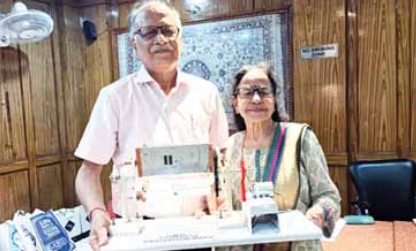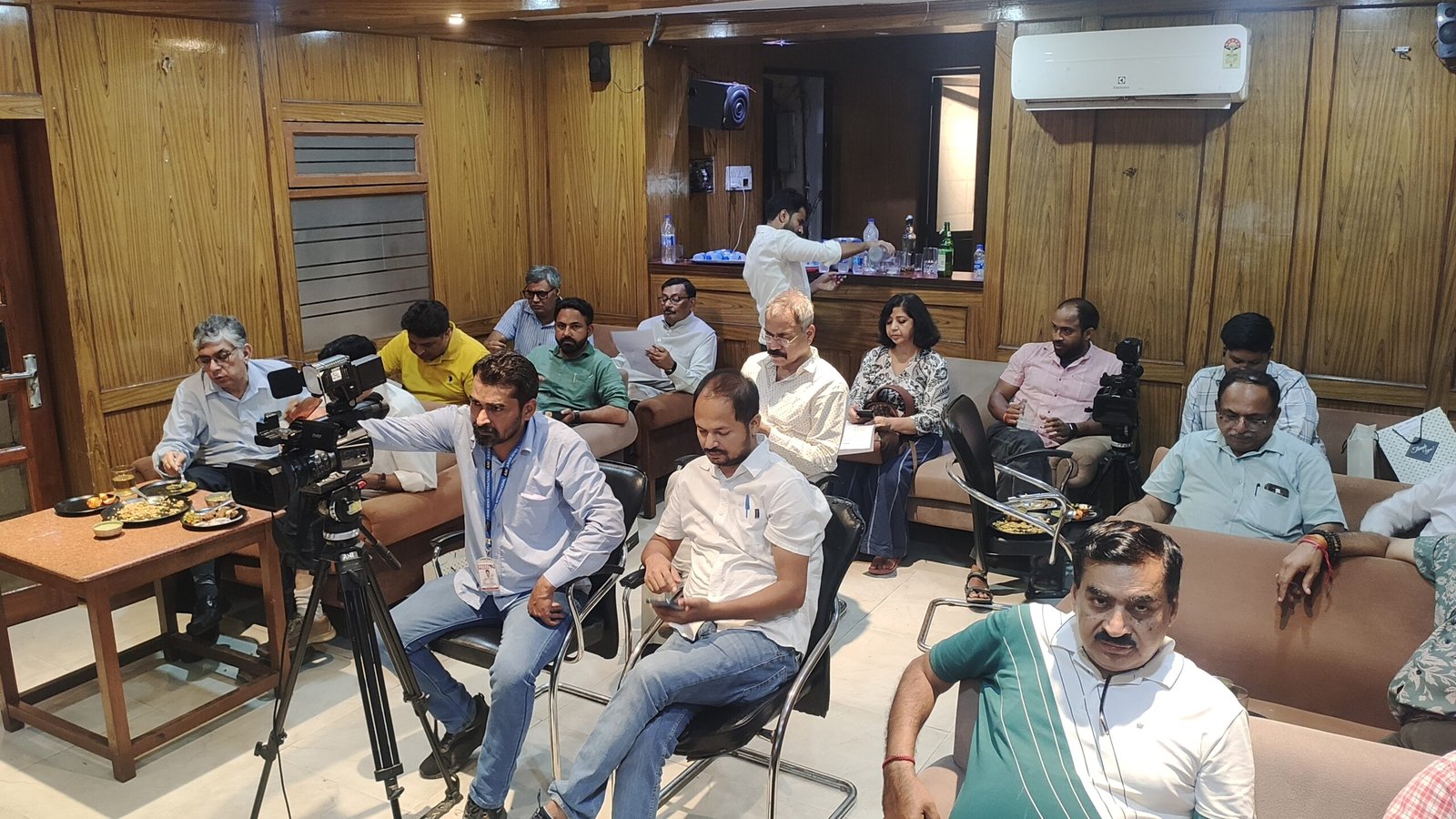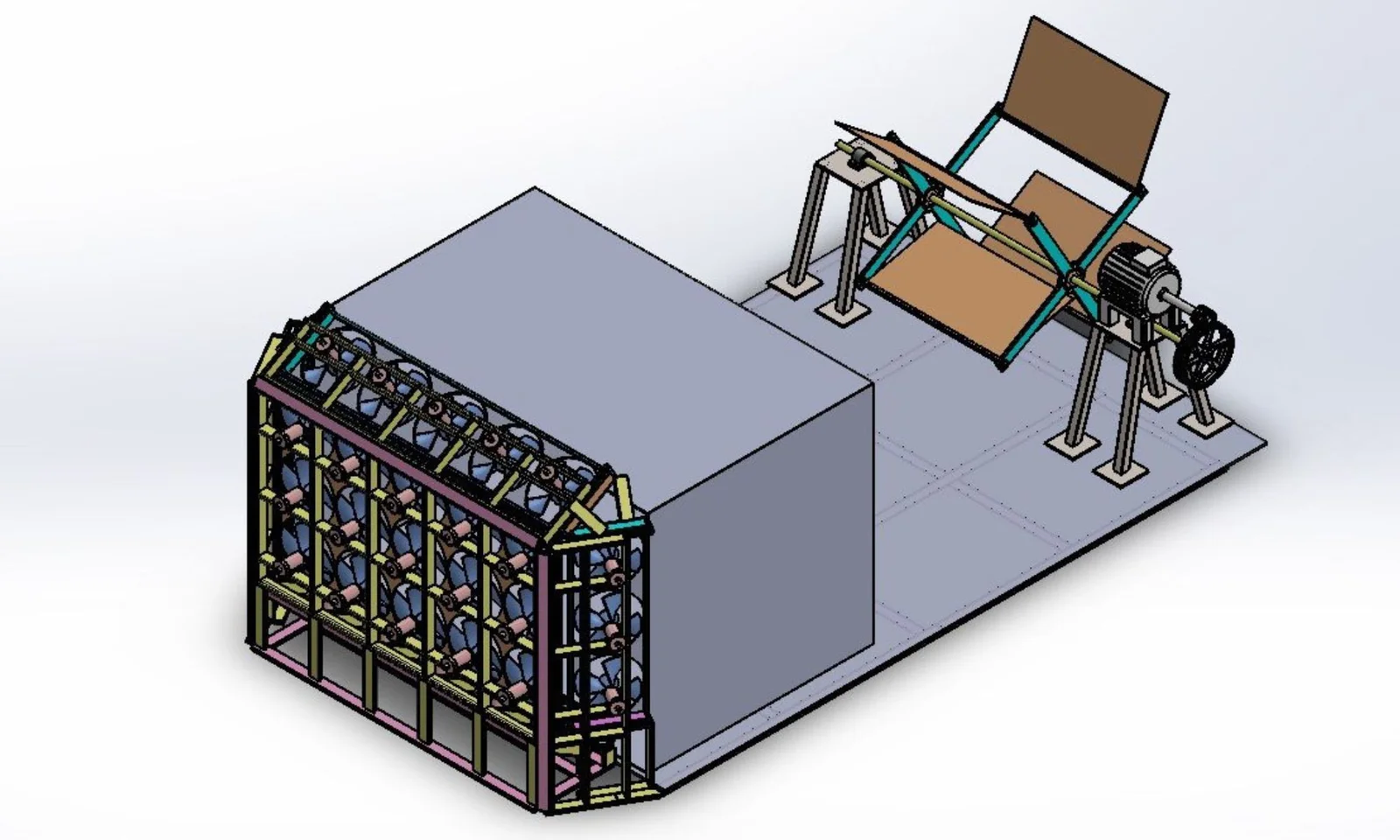
Z Mod
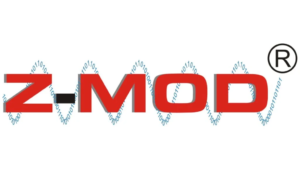
TDR Foundation has been supporting SVURG Digital System Solutions P Ltd, a start up dedicated to develop innovative technologies. Our currently supported projects include, developments in wind energy , new modulation process and CNC machines.
Our team of experts have been providing guidance and financial support for development of this innovative technique going beyond the conventional. We have successfully developed a lab model with capacity to solve problem of spectrum in this interconnected world.
We also support CNC project provide by providing internship to bright mechanical engineers for CAD/CAM based manufacturing and product development using modern tools.
SVURG/Z-Mod Introduction
SVURG-Z-MOD technology presented here provide a new horizon, opening up enormous data capacity enhancement in existing spectrum by adopting cycle by cycle modulation of the carrier frequency. It not only provides thousands of times more data capacities by removing bandwidth consuming “SIDE BANDS” and make carrier itself carry one byte of information within each carrier cycle. This technology provides opportunities to establish all new secure communication standards, by integrating real time dynamic handshake protocols and processes.
This paper describes a new, patented, technology named SVURG-Z-MOD, which reduces spectrum needs common to all present-day forms of analogue and digital transmission, by removing side bands completely to carry “many times” more information by carrier itself. Out of many advantages of this Z-MOD technology, simultaneous accomplishment of three prominent changes (unbelievable) are worth noting: –
- Conservation of spectrum usage to just the carrier frequency itself (achieving theoretical limit of Zero bandwidth).
- Information carrying Capacity increased by many times.
- Reduction in radiated power requirement to less than 0.1% as compared to conventional methods.
This technology provides a new method of modulation process called “Z Mod”, which improves spectrum efficiency by removing side bands completely, unleashing unlimited possibilities. The patented SVURG technology provides true inexhaustible bandwidth capacity to carry many times more signal/data, improve quality of communication with negligent noise and take all future communications to next generation serving mankind.
To establish that large amount of data can be carried by carrier pure sine wave cycles without need of side bands, consider Amplitude Modulation wave form. Let us assume carrier sine wave shown in
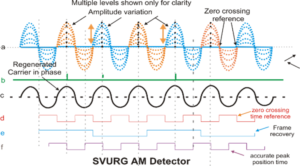
above Fig-a are pure sine wave cycles and conventional diode detector will only pass the peak of each carrier cycle to filter to recover say 1 KHz audio signal from 455 KHz IF signal. Here the point to note is that, for filter, it will not make any difference whether the IF signal frequency is ‘455 KHz’ or ‘455 ± 1 KHz’ to reproduce 1 KHz signal.
In SVURG systems the frequency becomes constant and there is no variation in frequency due to modulating signal, but amplitude of each cycle can differ from previous cycle. In synchronous detector as shown above we only take a sample at peak position of 455 KHz signal resulting in data values at 455 KHZ sample rate and resolution of each sample can be up to 24 bits with existing technology. This is equivalent to 10.92 megabits per second, which is phenomenal increase in capacity. In analogue terms Nyquist theorem says twice the highest signal frequency samples are needed to reproduce it. Practically we have seen analogue signal of ⅓ rd. of sample frequency can be reproduced very nicely. This calculates to 455/3=151 KHz of analogue signal bandwidth can be reproduced by the above SVURG method.
To solve our assumption of carrier being sine waves, “Z Mod” concept, is capable of generating sidebands free modulated carrier waves, It generates each individual carrier sine wave cycle 0˚ to 360˚ independently, rather than continuous carrier wave. By Interpolating modulating signal at carrier frequency by sampling it at Fc, sample becomes static numeric value for each 0˚ to 360˚ carrier cycle duration and can be denoted by ‘Δ’. This numeric value remains constant during each individual carrier cycle period and can change only in the next cycle.



